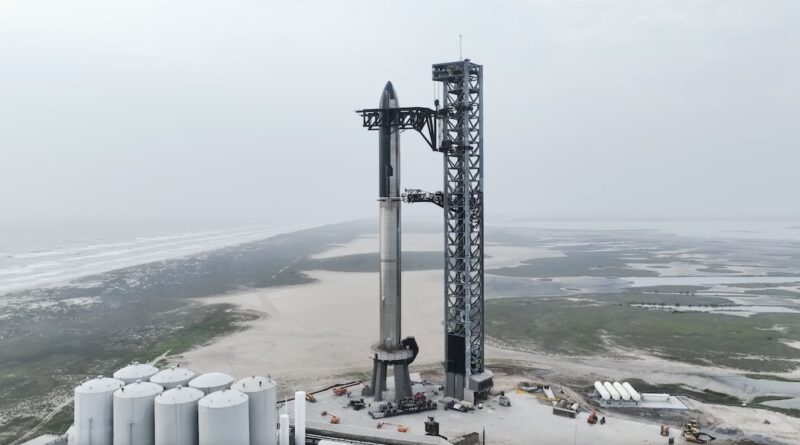SpaceX’s Starship Embarks on its Successful 10th Test Flight
There is a palpable sense of relief for Elon Musk and his team at SpaceX. After several delays, Starship, SpaceX’s largest and most powerful rocket, was finally able to embark on its 10th test flight from the Starbase launch pad in Texas.
The notable event unfolded on Tuesday, August 26, at 7:30pm ET, as the massive rocket ascended towards the sky, achieving an impressive altitude of 192 kilometers. The rocket propelled on a suborbital path at breakneck speeds of over 26,000 kilometers per hour, setting its course towards the Indian Ocean.
The successful launch ushered in a wave of satisfaction, especially considering the previous unsuccessful attempt on June 18. That incident ended tragically in a massive explosion, resulting in the devastating loss of Starship vehicle 36.
The SpaceX program has had its share of controversies. Environmental activists and local residents in Texas have escalated their concerns over the possible ecological impact of continuous testing and maneuvering in and around the Starbase location.
Mexico too raised its voice against the accumulation of debris landing in their territory—a remnant from the past Starship launches. Despite these roadblocks, Starship continues on its explorative journey, fueling Musk’s ambitious plans to establish human settlements on Mars.
Starship’s successful operations also play a pivotal role in SpaceX’s relationship with the U.S government, which happens to be the firm’s largest customer. The focus for the company remains on creating a fully reusable space transportation system, and Starship’s progress underlies this ambition.
The Starship system features two parts. The first is being the Super Heavy— a booster equipped with a conglomerate of 33 Raptor engines. The Super Heavy produces the immense thrust necessary to detach from Earth’s gravity pull.
The second component, Starship, the spacecraft, undertakes the crucial task of transporting crew and cargo to outer space. A seamless synergy between these two components ensures the realization of SpaceX’s grand vision.
During its 10th flight test, Starship demonstrated exceptional prowess. Not only did it fly halfway across the globe, but it was also instrumental in deploying eight Starlink simulators. These are objects similarly sized to the upcoming generation of Starlink (V3) satellites.
The deployment operation proceeded successfully as Starship attained a height of 190 kilometers over the Atlantic Ocean, just half an hour post-launch. Continuing its journey, Starship began preparing for re-entry at a remarkable speed of 26,660 kilometers per hour.
As it approached re-entry, signs of damage to Starship’s outer shell were observed. Despite what seemed to be setbacks, the spacecraft was able to reach its target location within an hour and six minutes after launch.
Moreover, it managed to approach its terminus fully intact, marking a significant achievement. Yet, the ultimate challenge lay in the exploratory attempt to land vertically over the ocean.
This audacious endeavor resulted in the expected destruction of vehicle number 37, a key event nonetheless. Although this might seem like a setback, it’s all part of the iterative process that contributes to the iterative learning of SpaceX.

